|
After making baskets for over 30 years exclusively with natural materials I harvest in my local area, I've discovered there are 5 basket weaving techniques that lend themselves best to the process of making baskets. They include twining, plaiting, twill, rib basketry and random weaving. As you'll see in my work below, I prefer to keep my weaving techniques simple and allow the natural beauty of the materials to shine through, creating the depth and interest desired.
Twining Basket Weaving Techniques Twining is probably the most ancient of all the basket weaving techniques I use in my work. The word comes from the root word "twin", meaning two since it utilizes two pieces of like material simultaneously. Here's a quick video below to demonstrate the technique.
Twining is probably my favorite basket weaving technique because it's so easy to learn, able to be implemented in functional and artistic applications, and can be executed using a variety of soft and rigid materials from foliage and bark to reed and even metal. An excellent alternative to harvesting your own natural basket weaving materials for twining is raffia. 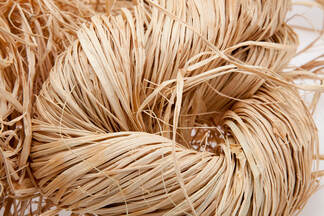 Raffia used in basket weaving Raffia used in basket weaving
Raffia is a natural fiber derived from the leaves of palm trees. It is available in different grades, which vary based on the fiber's length and overall quality. Longer pieces of raffia are suitable for the wrapping technique, whereas shorter strands (considered lower grade) serve as a filling material for baskets.
To obtain raffia, there are several options to explore. One reliable source is String Harvest, a supplier known for importing fair trade materials. Apart from specialty stores like this, you can also find raffia in regular art and craft shops, fabric supply shops, and even some floristry supply shops. Florists often use raffia to tie their bunches together. Additionally, online platforms such as Etsy offer a wide range of raffia options available for shipping within your own country. However, if you prefer not to purchase raffia or are uncertain about your interest in the craft, there are alternative materials that can be used instead. Fabrics, strings, twine, embroidery thread, and ribbons are among the various substitutes that can be employed. By utilizing these different materials, each with their own textures, weights, and weaves, you can achieve unique outcomes and appearances. This allows you to experiment and bring diversity to your creations without having to learn an entirely new set of techniques. Here are a few examples of twined pieces I've created over the years using natural materials I've harvested like vines, bark and foliage.
To learn more about how to twine and create beautiful baskets from natural materials, check out my online course, Twining with Soft Natural Materials where I show you step by step how to harvest, process and weave natural materials like foliage, vines and bark. The best part is, you can start making baskets within just a few days after watching this course, regardless of your experience level.
Plaiting Basket Weaving Techniques The next basket weaving technique is plaiting. Although plaiting can be done in a variety of ways, I really enjoy diagonal plaiting to create both functional and decorative bags, pouches and baskets. The best part is, plaiting works beautifully with bark, which is one of my favorite natural materials to work with. Here are a few examples of plaited baskets I've created over the years.
Twill Basket Weaving Techniques
Another great basket weaving technique to use with flat materials like tree bark is what's called Twill. This is a more loose method of weaving that is based on using tension and skipping over stakes as you weave using a pattern. Common patterns include over 3 under 2, or over 2, under 1. There are many different variations of twill weaving that can be made really fancy with colors, materials and more complex designs like the quadrifoye. Below are are several baskets that I've created using tree bark and a twill basket weaving technique.
Random Basket Weaving Techniques
I really love random weaving because it's the closest basket weaving technique to the forms and processes we see in nature used in bird nests. Although it is random, there's definitely a process to making it look that way. In particular, I start with creating a frame out of rigid materials (usually grapevine) and then layering in flat pieces of bark, followed by smaller, more flexible material like wisteria and bittersweet, finishing with fine layers of metal and honeysuckle vines. I also enjoy random weaving over the top of twilled and twined baskets for a beautiful layered effect, reminiscent of Japanese ikebana baskets. Here's some examples of my work below.
Rib Basket Weaving Techniques
Last but not least is the basket weaving technique that I actually started with over 30 years ago, and that's rib basketry. When I started making baskets in college, it was after experimenting with kudzu vine at a summer camp I was working at and then finding a book on basketry shortly after arriving back at college that fall. The book covered a variety of weaving techniques, but rib baskets is where I started. I soon found the construction of these traditional forms almost addictive and spent every free moment harvesting and making. Here's some examples of traditional rib baskets (with an organic flair) I've created over the years.
I hope these baskets inspire you to start trying these basket weaving techniques yourself. As you get started, be sure to download my free PDF, 7 Tips for Making Baskets with Natural Materials.
Also, if you're looking for a full immersion into the world of basket weaving with natural materials, consider my online basket weaving classes and community, available right now on-demand. Each of my classes includes hours of instruction and introduces 3-4 different basket designs along with a basket pattern and a video tutorials with detailed instructional material to guide you through the process. Whether you're a beginner or have some experience in basket weaving, my online basket weaving classes offer a comprehensive learning experience that covers foundational techniques and allows you to progress at your own pace. Feel free to start with basket one and weave all twelve to truly immerse yourself in this craft. Happy weaving! Additional Common Basket Weaving Technique Questions
Sustainability and Environmental Impact of Using Natural Basket Weaving Materials The art of basket weaving, deeply rooted in various cultures worldwide, has historically employed natural materials sourced from the local environment. The sustainability and environmental impact of using these materials in basket weaving are multifaceted, encompassing both ecological and socio-economic aspects. Natural materials used in basket weaving, such as grasses, vines, barks, and reeds, are typically renewable resources. Their use supports the principle of sustainability, as these materials can be harvested without causing long-term harm to the environment. For instance, willow, a popular basketry material, can be cut and will regrow from the same root system, making it a sustainable choice. Similarly, materials like bamboo, seagrass, and rattan grow quickly and can be harvested frequently. However, sustainability in basket weaving is not just about the renewability of resources. It also involves responsible harvesting practices. Overharvesting can lead to depletion of natural stocks, habitat destruction, and biodiversity loss. Therefore, weavers and suppliers need to practice and support sustainable harvesting methods. This includes understanding the growth cycles of plants, taking only what is needed, and leaving enough behind for future regeneration. The use of natural materials in basketry also has a minimal carbon footprint compared to synthetic materials. These materials are biodegradable, reducing waste and pollution when baskets reach the end of their life cycle. This contrasts sharply with plastic or metal materials, which can be environmentally damaging both in production and disposal. Furthermore, the use of natural materials in basket weaving carries socio-economic implications, especially in communities where basketry is an integral part of cultural heritage. It provides a source of income for artisans and helps in preserving traditional skills and knowledge. These socio-economic benefits, however, must be balanced with environmental considerations to ensure that these practices are sustainable in the long term. The environmental impact of basket weaving also extends to the dyeing process. Natural dyes, derived from plants, minerals, and other organic sources, are more environmentally friendly than synthetic dyes, which often contain harmful chemicals. Using natural dyes aligns with the ethos of sustainability, further minimizing the ecological footprint of the basket weaving process. In conclusion, the use of natural materials in basket weaving offers a sustainable alternative to synthetic materials, aligning with the principles of environmental stewardship and conservation. However, its sustainability hinges on responsible harvesting practices, community involvement, and an understanding of the ecological balance. As consumers and practitioners, fostering an awareness of these aspects is crucial in ensuring that the art of basket weaving continues to be an environmentally responsible and culturally enriching practice.
21 Comments
eno
6/13/2022 12:57:54 pm
Very beautiful examples! Love twining but will try random weaving and rib basketry bc of your inspiration :) Warm regards, E.
Reply
6/13/2022 01:11:49 pm
You are quite an artist. I very much seeing your work and exploring different ways of thinking about weaving. Thank you very much for your educational materials! Valuable indeed.
Reply
Susan Bain
6/13/2022 02:47:54 pm
This is a fantastic blog and I absolutely love your work!!!
Reply
Maria H Goetz
6/13/2022 02:50:50 pm
I have always loved your work. I especially love the inclusion of knot holes and rivets. While random is not my thing, I love yours.I still want one of your copper leaves!
Reply
judy larkins
6/13/2022 06:04:43 pm
Thank you for reminder about pulling tight in your demo. My loose technique ended up as a wall hanging, so will try again for a basket design.
Reply
Leslie Cohen
6/13/2022 10:54:17 pm
I love how you share your techniques. I too started with the rib construction. I really want to learn diagonal plaiting. Random
Reply
Dawn Whitman
6/14/2022 04:50:26 am
Thank you for sharing, I miss basket weaving maybe need to find my supplies and have a go. My first basket was a ribbed over 30 years ago.
Reply
Margaret Wilson
6/23/2022 04:01:07 am
Thank you Matt I love all the techniques Would like more instructions on the ribbed baskets
Reply
7/18/2022 04:44:48 am
You are really sharing your techniques. This is sharing your skill as well in basket weaving. Thank you.
Reply
Susan
8/29/2022 04:58:37 pm
Love the natural baskets. I have daylillies and Iris's that i would love to try to weave. My question is how do you start your middle. When i was younger i used to weave with reeds and recently I have worked on rag rugs.
Reply
4/15/2023 03:33:04 am
Thank you so much for sharing. I have found it extremely helpful…!
Reply
7/1/2023 05:23:28 am
I love your skills. I am going to try this. I hope it will be easy for me.
Reply
7/4/2023 05:13:56 am
HI, Thanks for this post will definitely try and get back incase of any further query I have ! Thank you guys !
Reply
10/12/2023 04:35:26 am
Amazing article! Worth the read.
Reply
11/1/2023 04:07:22 am
Great to have these beautiful and inspiring photographs! Even more helpful to have the type of weaving for each identified! I can’t wait to try some of these techniques which are new to me. Who knew the creative possibilities!
Reply
2/9/2024 08:43:05 am
HI, Thanks for this post will definitely try and get back incase of any further query I have ! Thank you guys !
Reply
Leave a Reply. |
AuthorMatt Tommey is a sculptural basketry artist and basketry teacher working in East Texas. His work is commissioned and collected around the country. Archives
March 2024
Categories |
Mailing Address: PO Box 1382 Lindale, Texas 75771
Studio Address:Private By Appointment Only
(404) 538-5173.

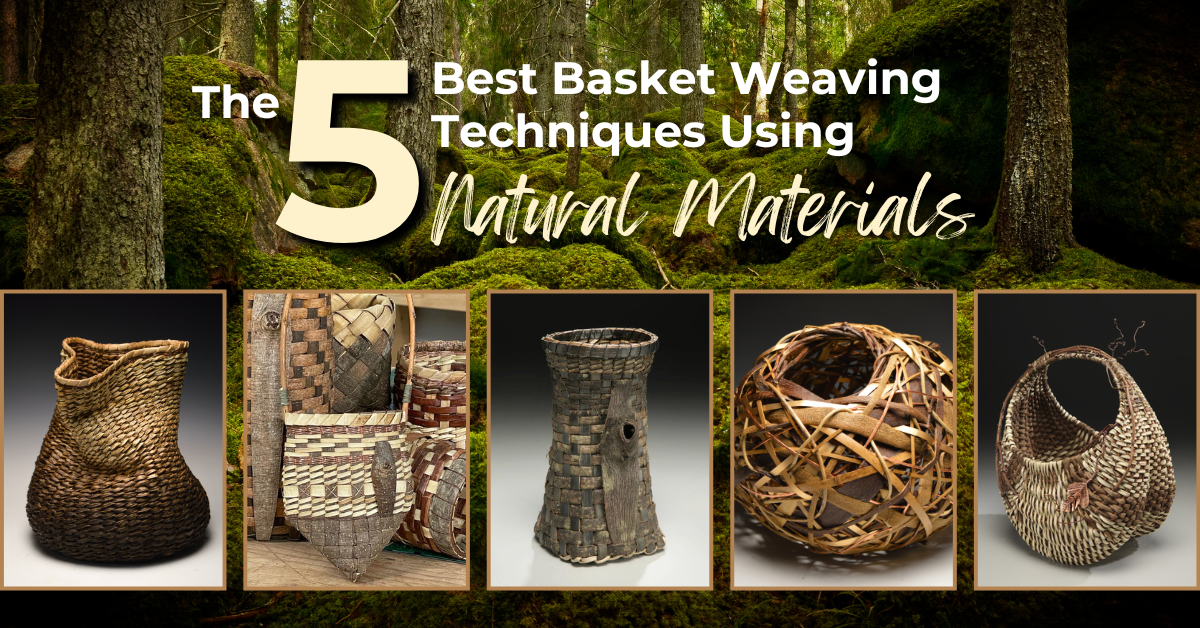
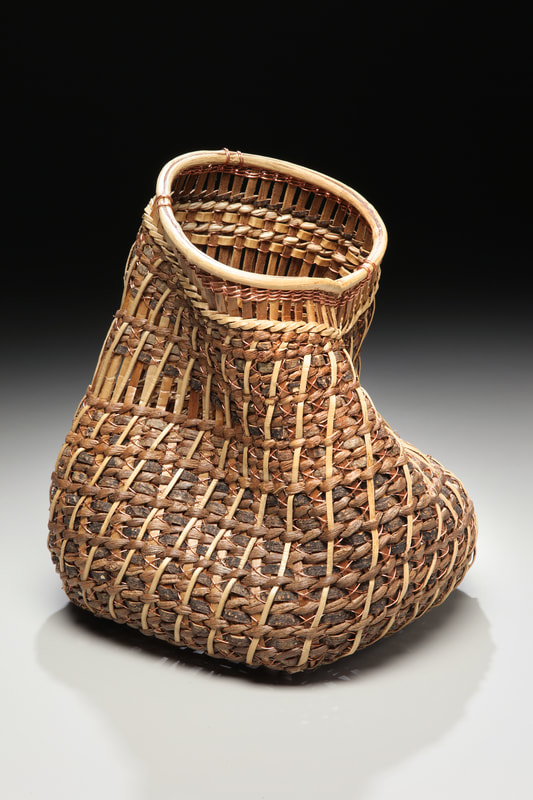
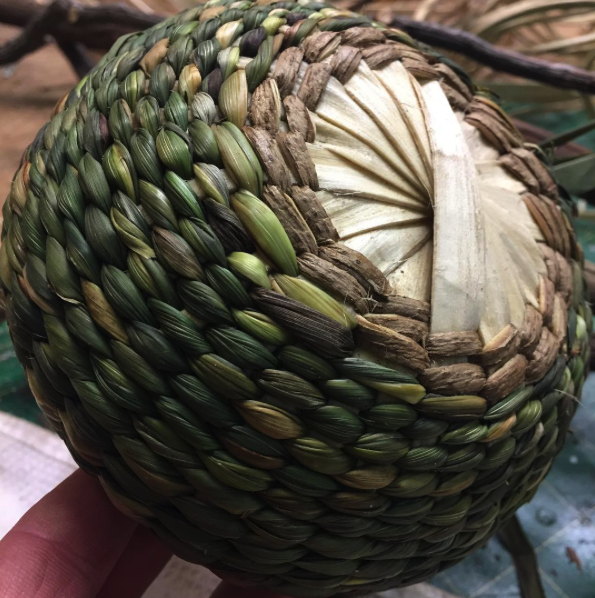
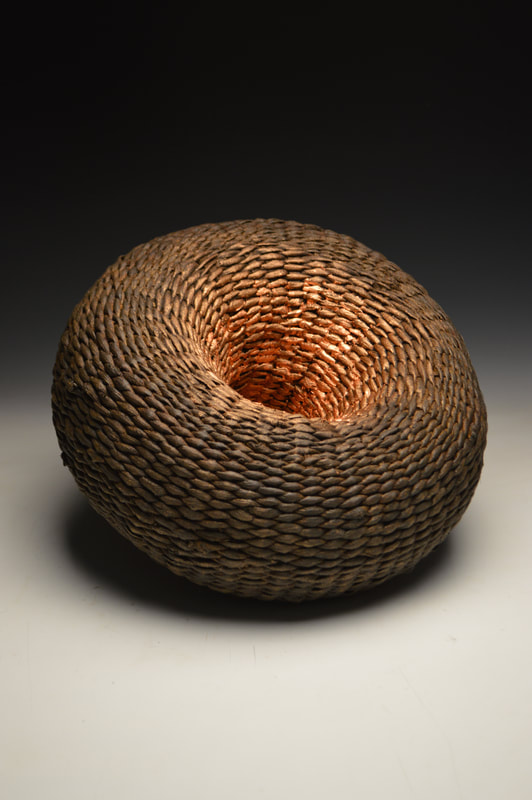
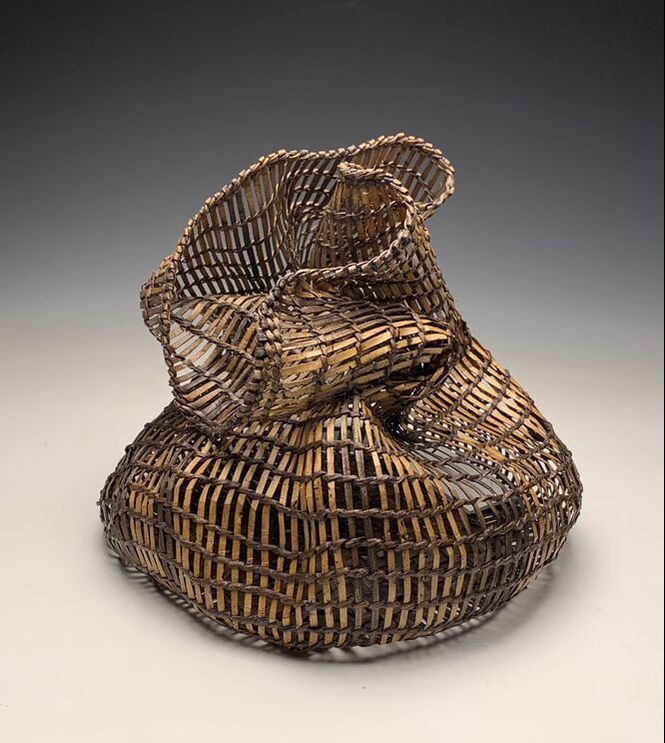
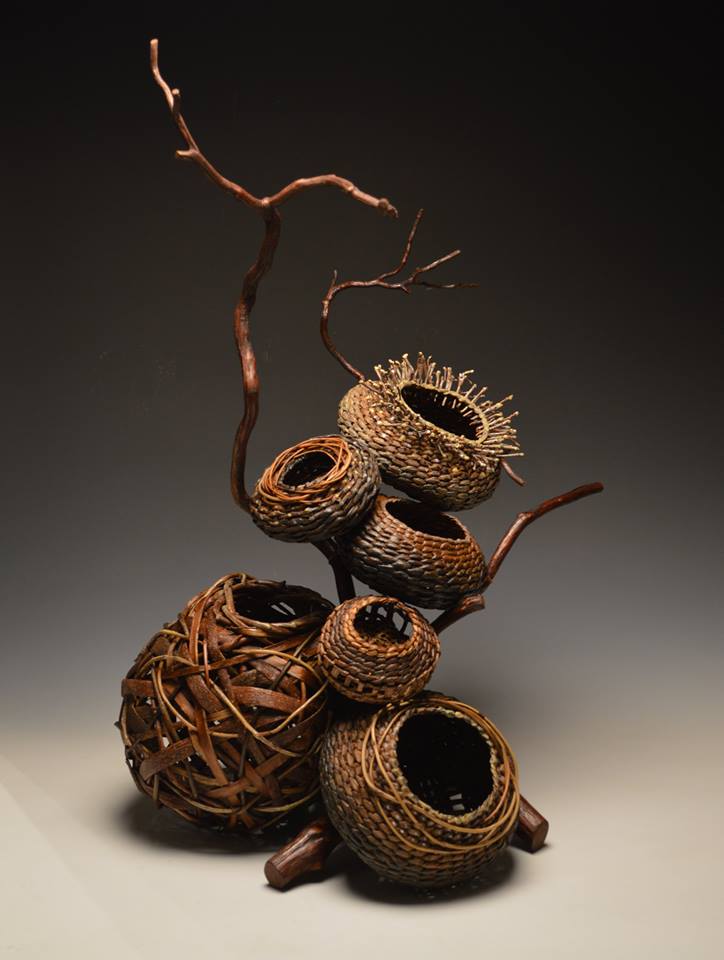
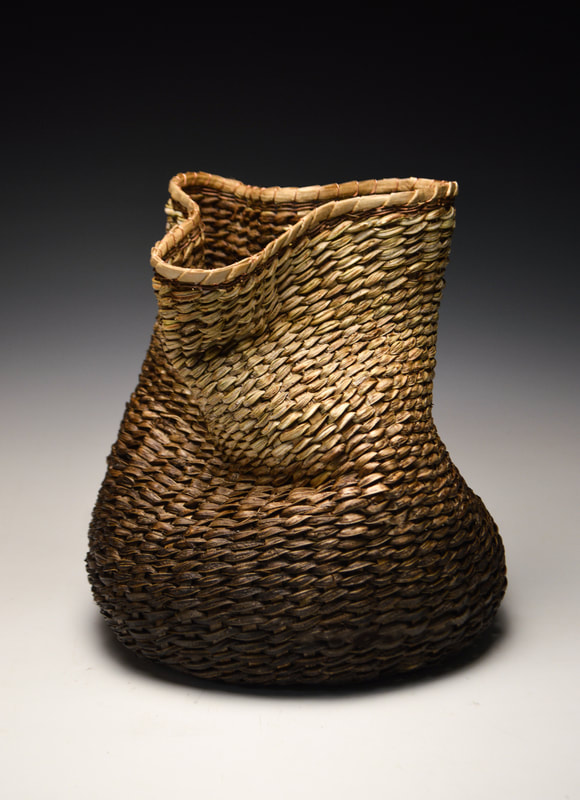
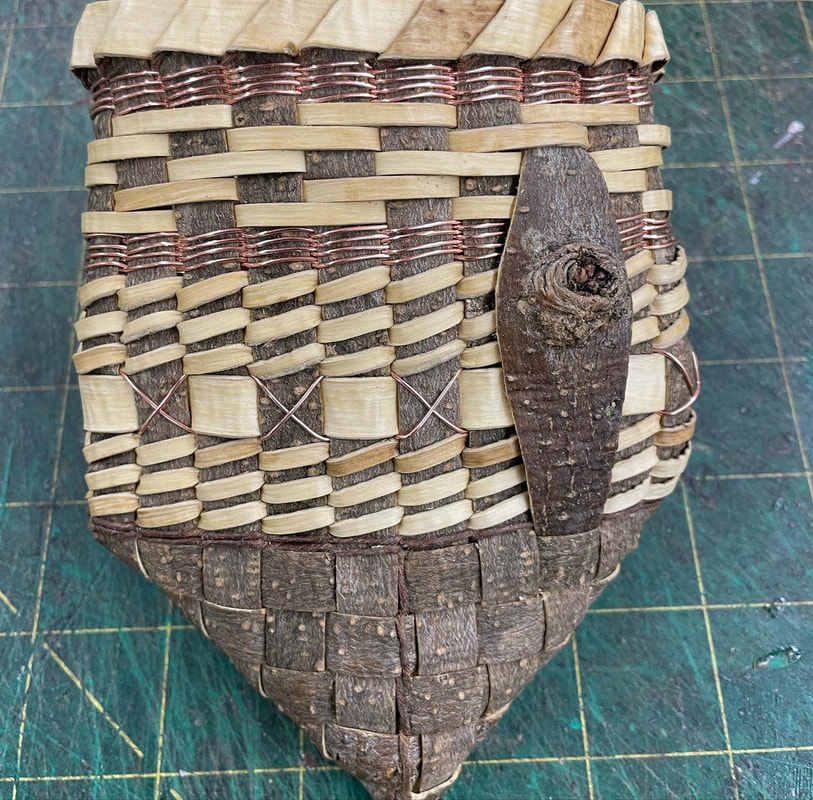
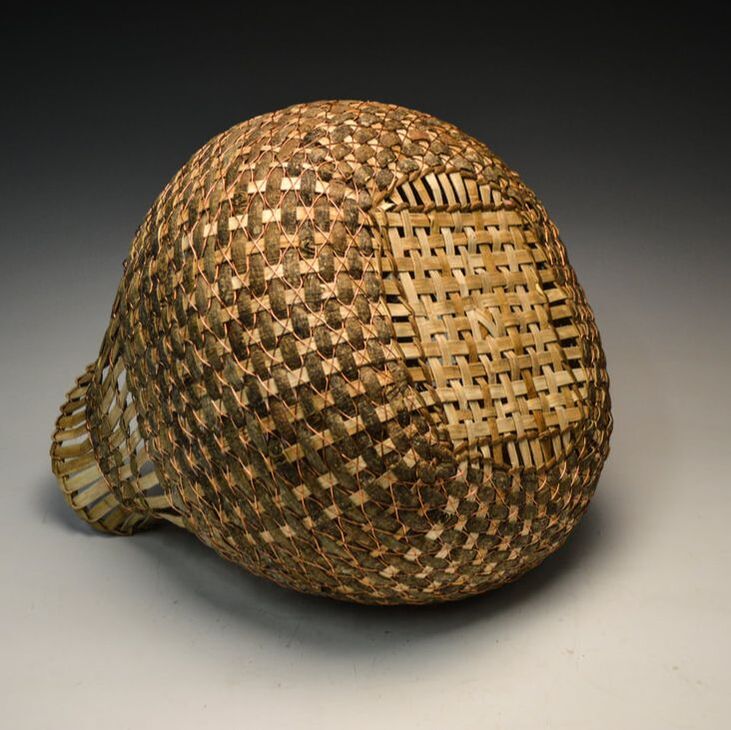
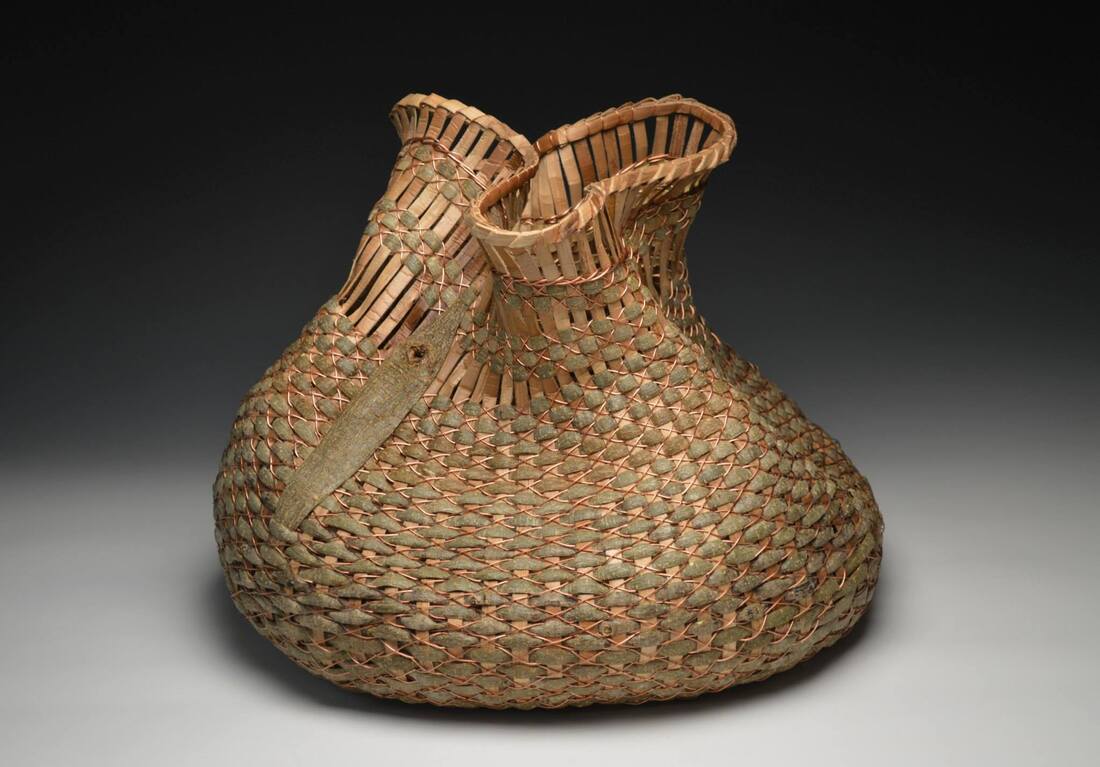
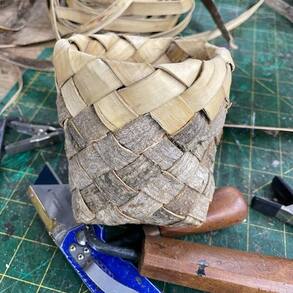
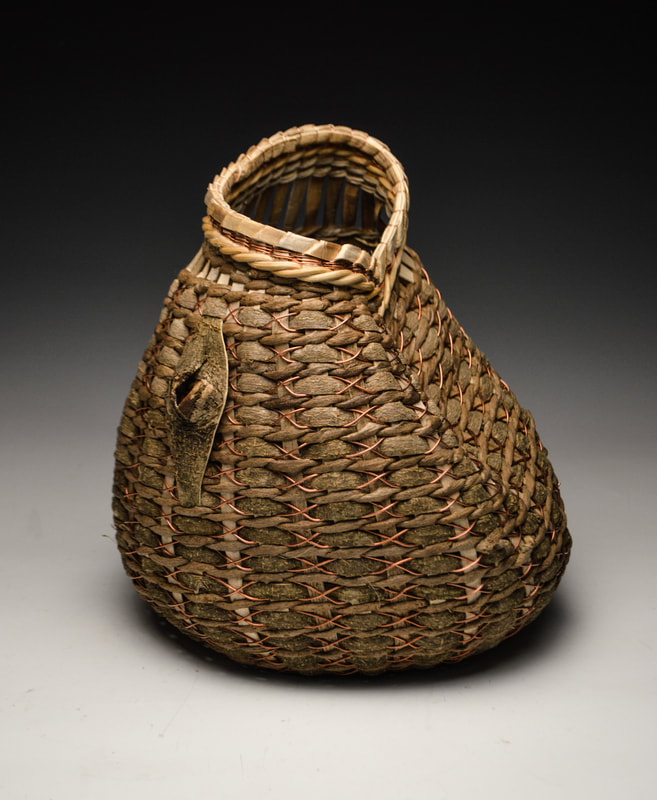
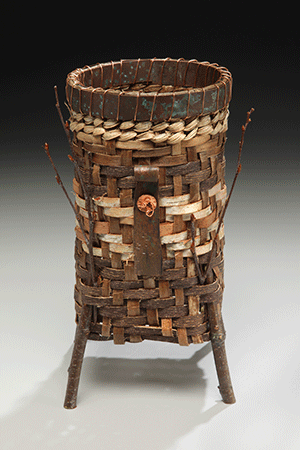
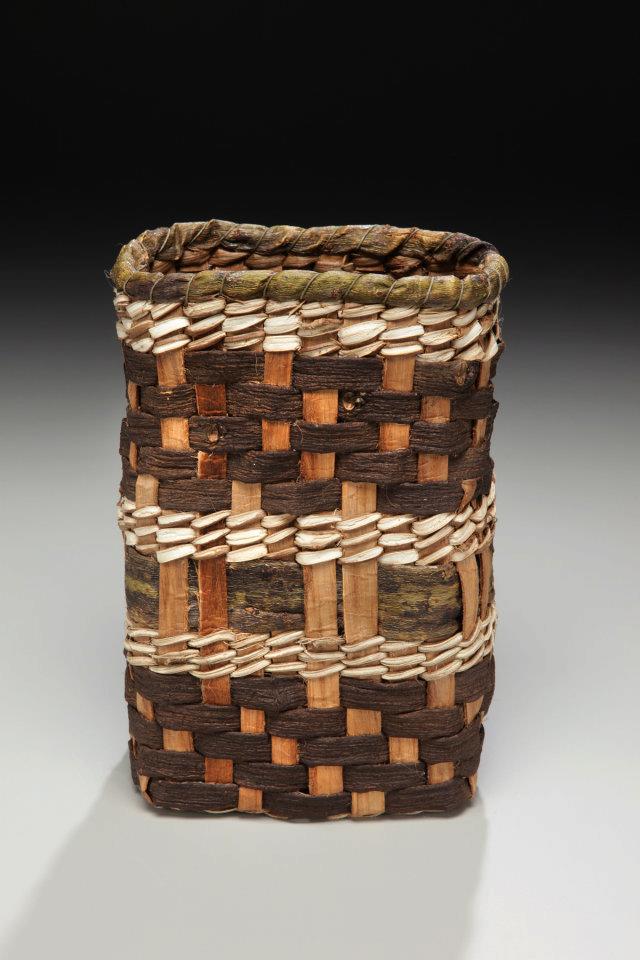
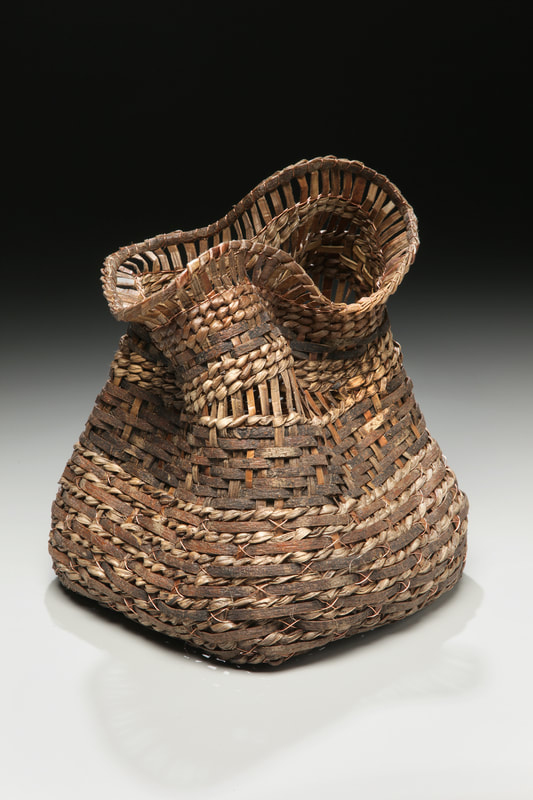
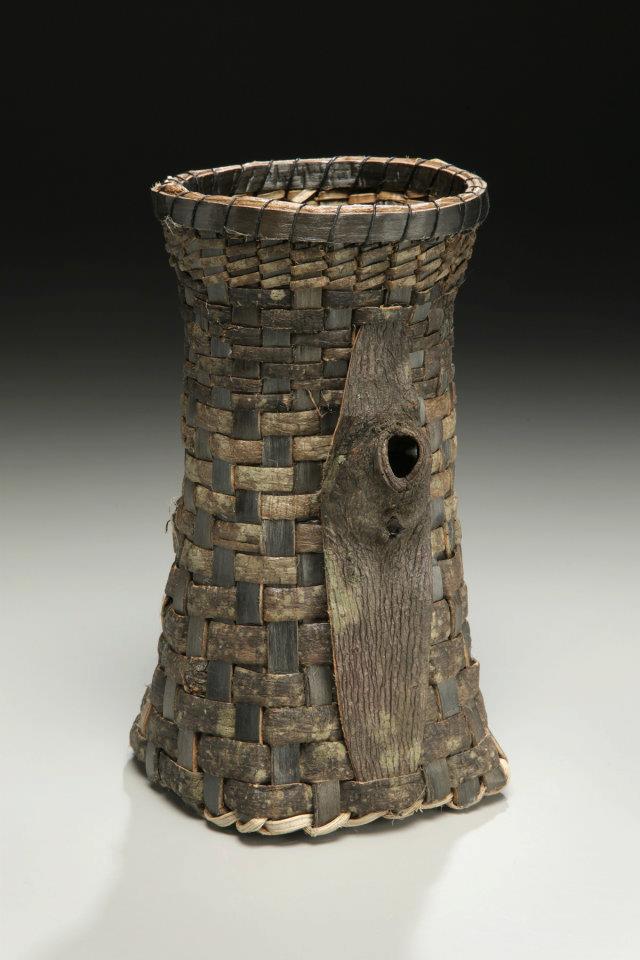
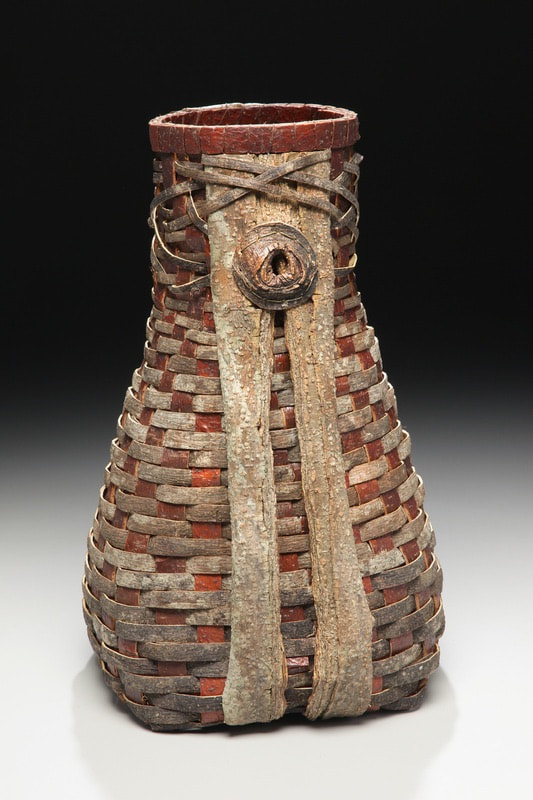
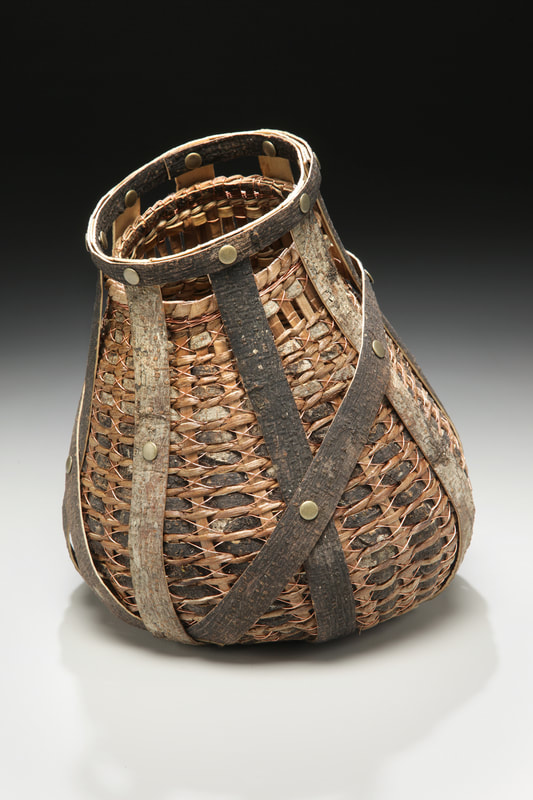
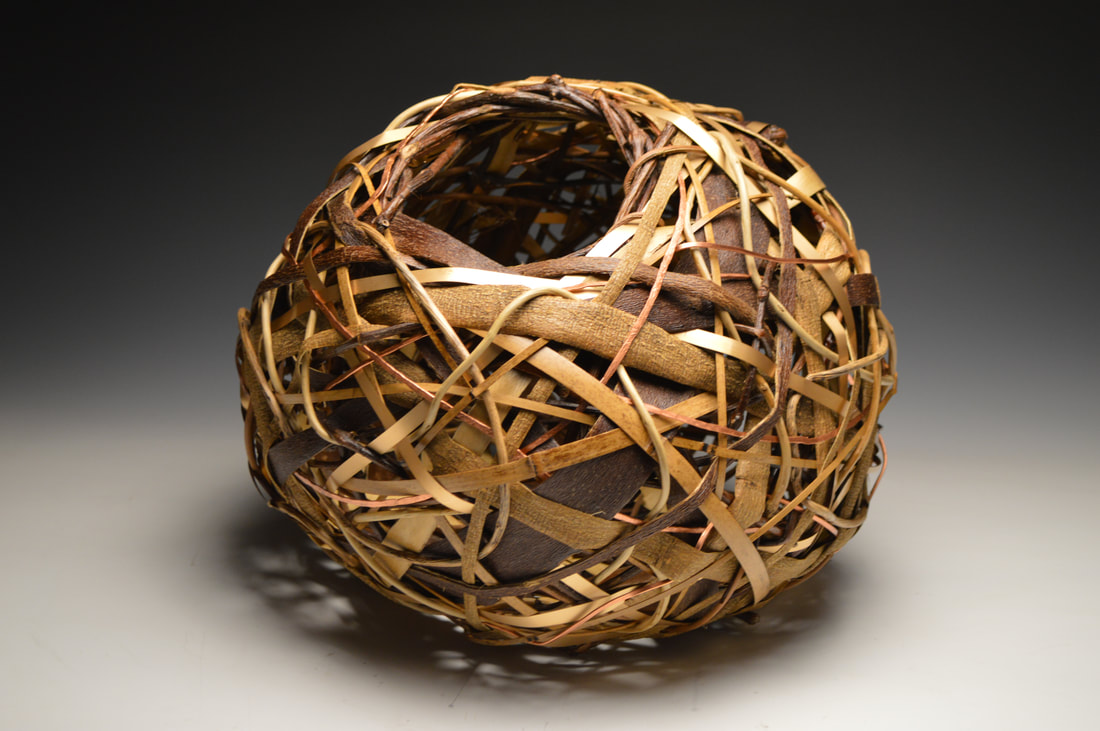
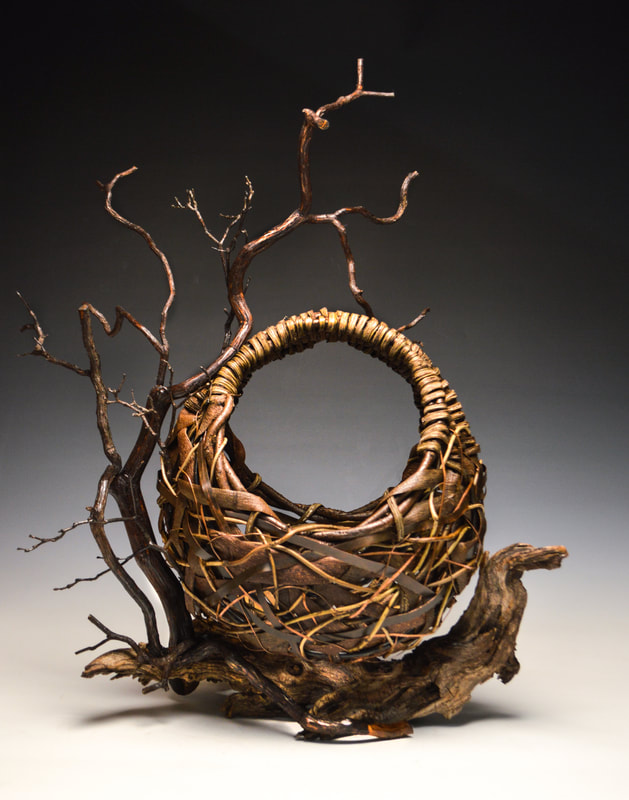
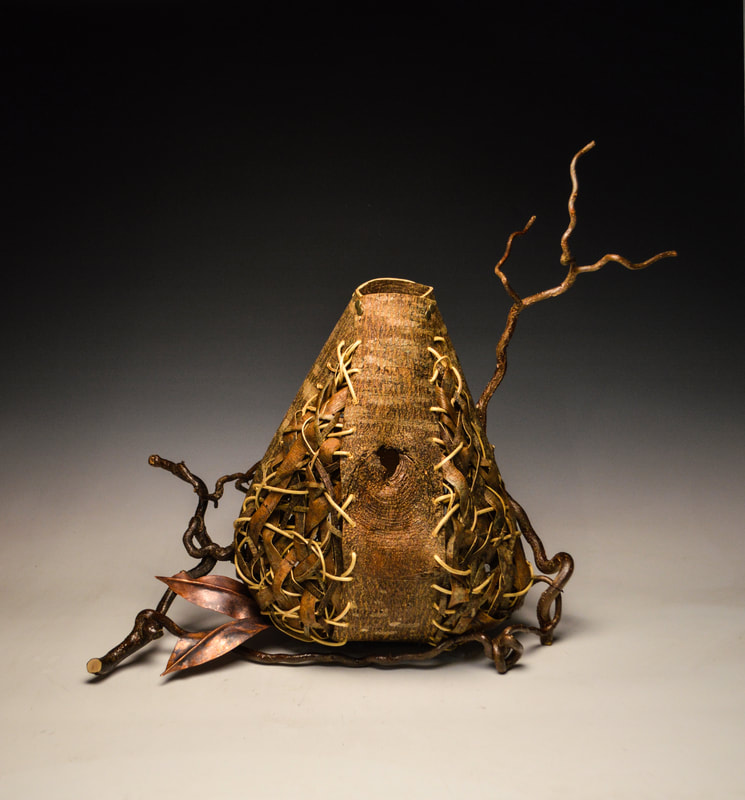
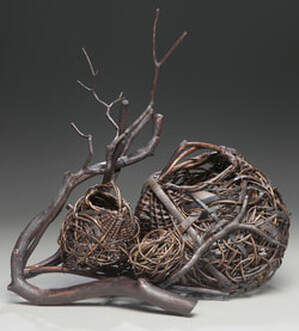
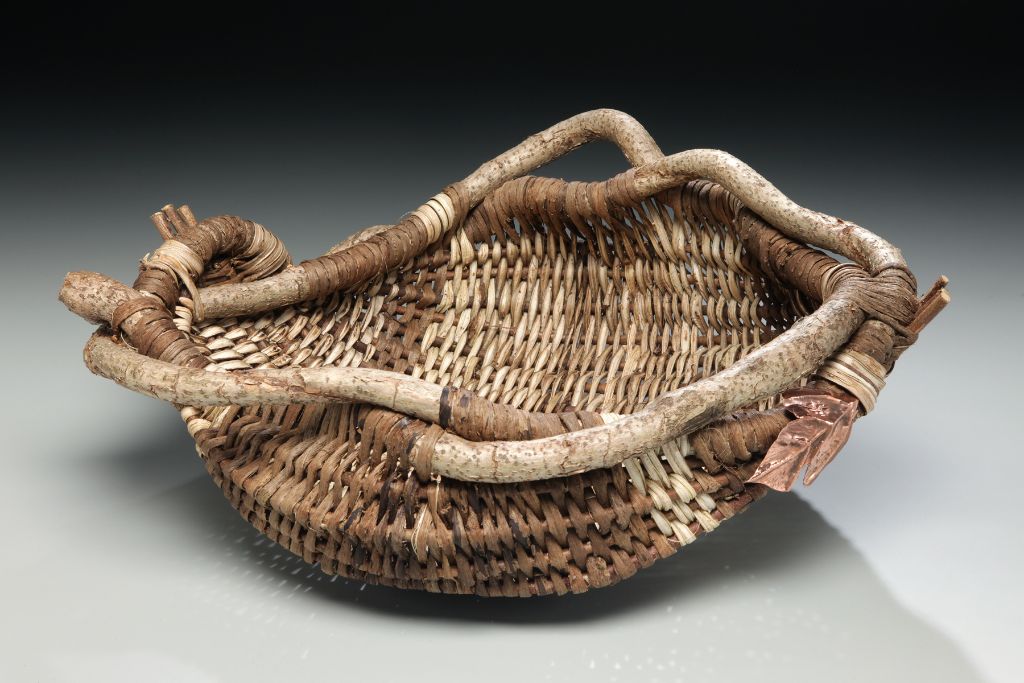
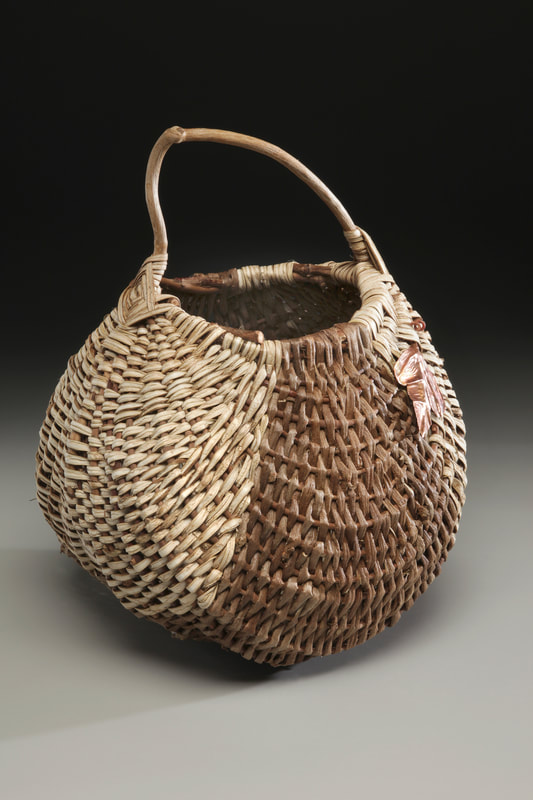
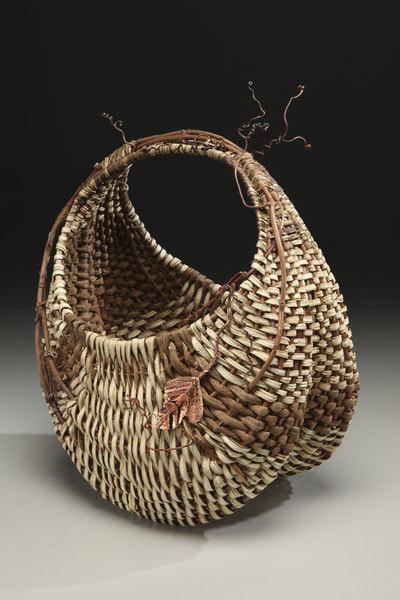
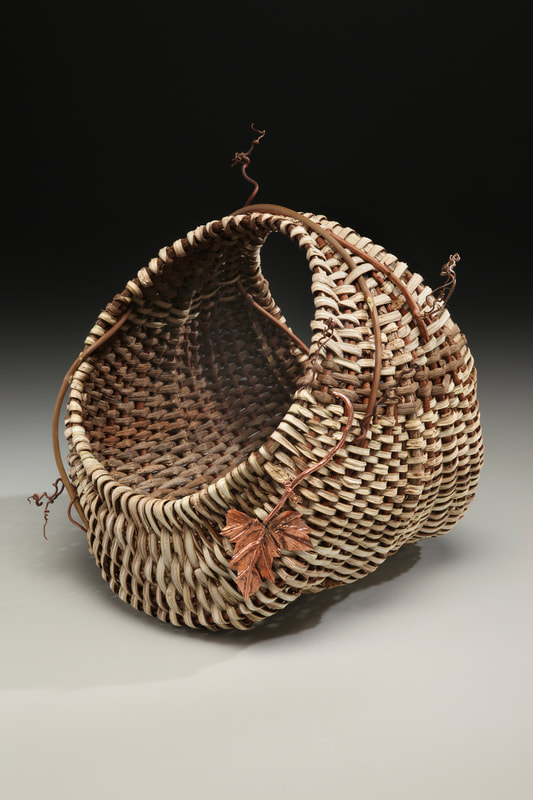
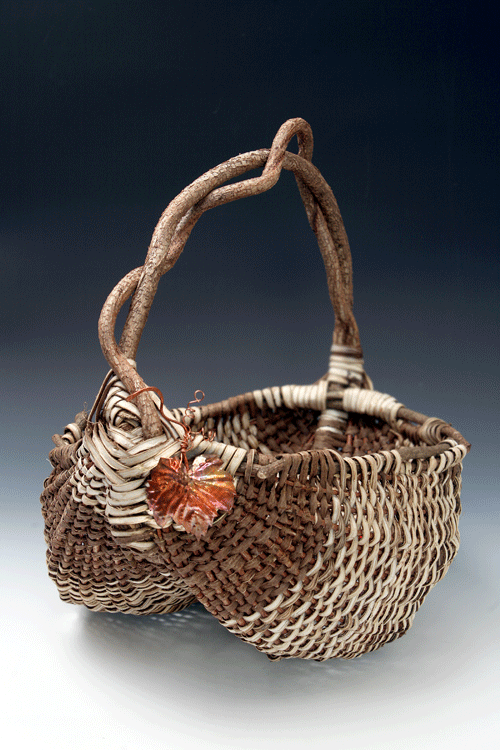
 RSS Feed
RSS Feed